Suggested Law changes
Alan Zondagh, who played top rugby, has coached top rugby in his long career and now runs a Rugby Performance Centre, is one of the game's great thinkers.
He has made some suggestions for law changes which could break the cycle of stodgy predictability plaguing the game.
The opinions are his own but are worthy of thought and comment.
It is time for some positive changes to rugby…
What is wrong with the current game? “If it ain’t broke, don't fix it”: but modern rugby needs a good overhaul.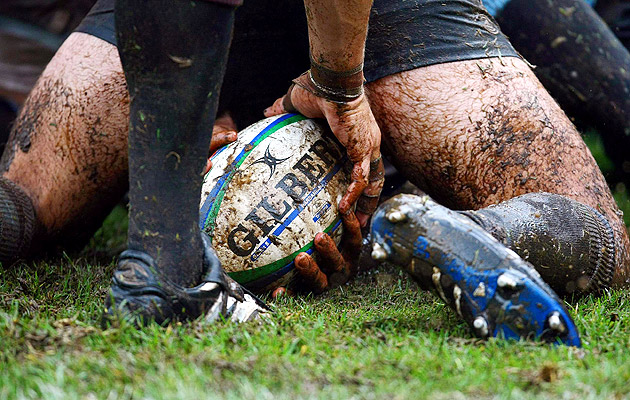
It …
1. is slow and pedantic.
2. is boring to watch.
3. over-emphasises size and power (which makes it robot-like).
4. wastes too much action time (by players and TMO referrals).
5. is obsessed with crossing the advantage line.
6. is spoiled by senseless kicking.
7. rates defence and collisions higher than scoring tries.
8. over-emphasises setting-up phases and recycling the ball.
9. has become “one-up rugby” (a one-or-two-pass game). More than 80% of play falls in this category.
10. is marred by players too easily going to ground. They do not to play rugby on their feet and do not keep the ball in the air as long as possible.
11. is programmed rather than coached. (Good coaching develops skilful, intelligent players, whereas programming produces robots.)
12. does not encourage players to play into space. And some coaches complain that the rugby field is too narrow.
13. teaches players to play the way they were programmed. It is all about structures and maps. They do not play according to what they see in front of them.
14. is spoiled by players’ poor decision making. This includes supporting players – which limits available attacking options.
15. lacks creativity on attack. The Positioning of players on attack is poor – no depth.
A changed, improved game should promote …
1. try-scoring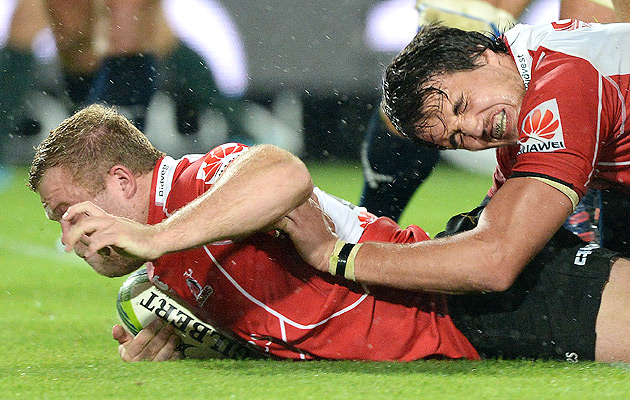
2. fast moving action
3. intelligent and skilful execution
4. good decision making
5. keen and fair contesting in all aspects of the game
6. more simplified game for players, referees and spectators
This can be achieved by …
1. revising the laws of the game.
2. coaches and players changing their “attitude to playing”.
3. using all the different facets of the game at the right time, but not the same thing all the time with the emphasis on what works for a specific team.
4. Showing no mercy and penalising players who infringe the laws of the game.
Coaching and refereeing considerations
Improving attacking opportunities
Defence structures have improved to such an extent over the past decade that coaches are convinced that it is impossible to break them down. This is partly true, but this should challenge teams to find solutions to disrupt the defence structures of their opponents.
For teams to have scope for attacking properly, it is important that referees and touch judges strictly apply the laws regarding the following:
• defenders must remain behind the last player’s feet at rucks and mauls.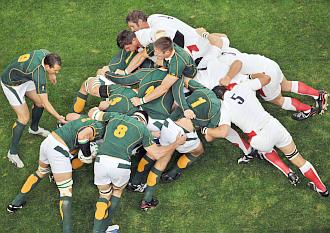
• loose-forwards must bind correctly at scrums and stay bound until the ball is out.
• defenders at line-outs must not cross the 15m-line before the line-out ends.
• off-side “chasers” should not move forward after an up-field kick until they are put on-side. The defending team needs time and space to counter attack.
• tacklers must immediately release the ball carrier when they are on the ground.
• the ball-carrier must place the ball immediately after a tackle.
• players must not dive into static rucks or go off their feet in the tackle area.
Slowing down of the game
1. When play moves into the 22m area (red zone) players go down with an “injury”. It is part of the tactics of many teams.
2. Players faking injuries has become an art form. Possible solution: take the injured player off immediately to nearest touch line – play with 14 men – and allow two minutes to make a decision to replace player or not. But, in the meantime, the game should continue.
3. Assistants running onto the field. (Players fake injury to receive coaching instructions.)
4. Players throwing the ball away at penalties. (This takes away the quick-tap option.)
5. Players deliberately moving slowly to line-outs. (A possible solution: the ball should be thrown into the line-out with-in 10 seconds, otherwise a free kick will be awarded to the defending side.)
6. Setting up the scrum. There are long delays just to bind and get ready. (A possible solution: limit preparation time to 10 seconds, otherwise a free kick is awarded against the side causing the delay.)
7. Teams are milking the laws at the scrum, which leads to unnecessary resets, penalties, and free kicks.
8. Delays in tackle situations when the tackler does not immediately release the ball carrier or the tackled player does not place the ball immediately.
9. Changing of substitutes. Usually the last 20 minutes of a match is continuously interrupted by players moving on and off the field.
10. TMO decisions. These are now used for just about every decision: too many stoppages have resulted from this new technology. A solution to this problem has to be found.
11. Captains’ discussions with referees when a call is against their team. It is all part of slowing down the game. One never sees captains asking referees why they were given a penalty in their favour.
Refereeing matters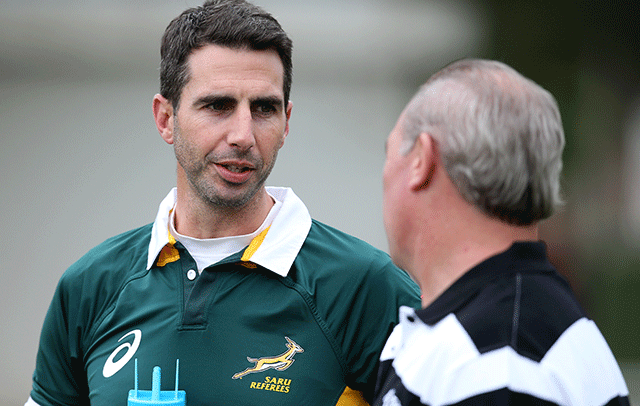
There is too much talking. Players (especially at professional level) should learn the laws of the game. This is the case with all other sports. Why is rugby different? Rugby players are certainly not less intelligent than competitors in other sports.
For example, is it necessary for the referee to shout:
Get onside! Hands off! Stay – don't run!
Roll away! Release the ball Etc… Etc… Etc…
Perhaps the referee should say only the following:
“Tackle” “Ruck” “Maul” “Advantage” “Ball out” or “Play” (at scrums, rucks and mauls)
Laws that need urgent attention
The Scrum
Currently, the scrum is a contentious issue. Too much time is spent on getting it going and making sure the scrum phase actually takes place without it collapsing, or ends up in a penalty or a reset.
The number of resets is unacceptable, and the current laws, referees, and players are to be blamed for the present poor state of this important phase of rugby.
The scrum is one of the best platforms to launch an attack.
The following more simplified scrum procedures could be considered: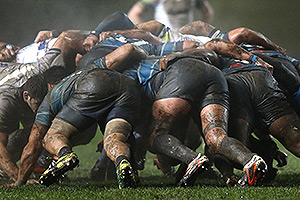
1. The referee indicates the mark for the scrum.
2. Ten seconds are allowed for setting up and throwing in the ball. If it is not completed within 10 seconds, the defending team gets the throw-in.
3. If the defending team delays the put-in, a free kick is awarded to the attacking team. They can then decide if they want another scrum, a line-out opposite the mark, or a tap kick, or a kick for touch (the defending side to throw in the ball).
4. The attacking team’s hooker stands with one foot on the mark and then binds with his pack.
5. The referee then indicates the distance for the defending team with his hand: the prop puts his shoulder against the referee’s hand.
6. The scrumhalf prepares to throw the ball into the scrum.
7. The referee says “crouch” and the packs go into a squatting, ready to make contact and bind, position.
8. The attacking hooker shouts “set” and both packs bind and engage.
9. The scrum half throws in the ball (no call by the referee) (Note: the scrum half may immediately throw in the ball, or pause for a moment, waiting for a situation that suits his team.)
10. Scrumhalf must throw the ball in straight.
11. When they slip their grip, props should be allowed to place their outside hand on the ground to steady themselves or on the outside leg to prevent the collapse. (It is difficult for props to bind on the jerseys because of the type of fabric they are made of.)
12. When a scrum collapses, the next scrum is formed on the same spot. All the props must have their outside foot forward to prevent another collapse.
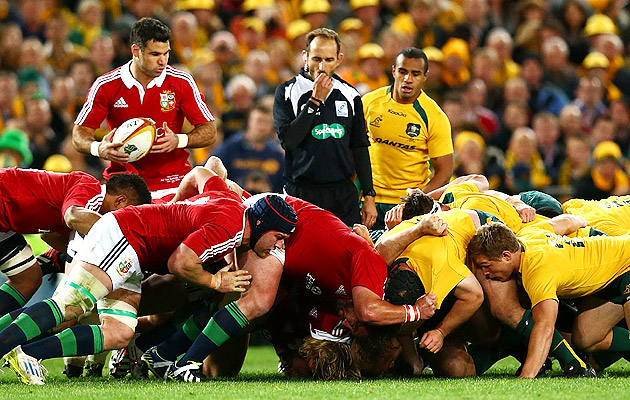 13. A team may wheel the scrum (up to 90 degrees) as long as it does not collapse. This is an important part of effective attacking from a scrum.
13. A team may wheel the scrum (up to 90 degrees) as long as it does not collapse. This is an important part of effective attacking from a scrum.
14. Infringements in the scrum should be penalised when …
• the ball is not put in straight – free kick
• players are not staying bound until the ball is out – free kick
• a team moves backwards on the push and stands up – free kick
• a front row causes a collapse – free kick
• a hooker strikes early (foot-up) – free kick
Note: Any infringement at the same scrum (second time) results in a penalty kick.
The Maul
Presently the maul is not a fair competition. The following changes could be considered:
1 Defenders should be permitted to collapse a maul. (I have never seen an injury in a maul in 36 years of coaching.)
2 When the ball reaches the player at the back of the maul the referee calls “play!” or “ball out” which means the ball is out and defenders can move up on defence or tackle the ball carrier.
3 The law of kicking for touch after being awarded a penalty kick, should change. A team should not get (1) a penalty, (2) kick for touch (gaining territory), and, in addition, (3) gets the throw-in. Too many bonuses! The opposition should throw in the ball at the ensuing line-out.
4 When a team is awarded a penalty kick, they may opt for a line-out opposite the mark on the nearest touchline.
The Tackle and Ruck
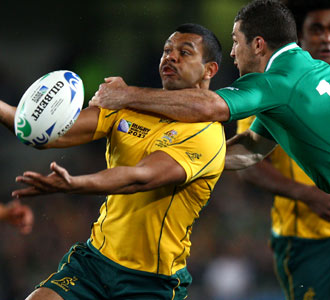 1 After a tackle (ball carrier and tackler on the ground with the ball) there should immediately be off-side lines. All arriving players must enter through the gate – No third player is needed to form off-side lines.
1 After a tackle (ball carrier and tackler on the ground with the ball) there should immediately be off-side lines. All arriving players must enter through the gate – No third player is needed to form off-side lines.
2 A tackler must roll away immediately or get onto his feet behind the off-side line.
3 Tackled players must place the ball immediately. They are out of play while on the ground.
4 The tackler and ball carrier cannot take part in the tackled area to play the ball.
5 Players arriving must do so through the gate – parallel to the touchline.
6 As soon as a 3rd player arrives, the “ruck” is formed. The referee will call “ruck”
7 Players may use their hands as long as they are on their feet – this should promote contesting for possession, and commit more players to the ruck area. However, when they are off their feet: NO Hands, NO play.
8 Arriving players (attackers and defenders alike) going off their feet at the tackle area should be penalised. This will minimise the ferocity of the cleaning and taking away of players.
8. Only players who have their hands in the ruck can be cleaned off the ball. Cleaners may not use their shoulders or head. They may use only their arms (similar to a tackle). Also, they should not be allowed to go off their feet in the tackle area or dive onto static players. (The laws do not allow a player to dive onto a player retrieving the ball on the ground. Then, why allow this in static rucks? The same law should apply.)
9. Apply the ”use-it-or-lose-it” principle at rucks and mauls. If a team takes the ball in and it does not emerge, then the scrum will go to the defending team. The attacking side has more options than the defending side. So, they must try and keep the ball alive. (Note: Teams playing the clock down are not permitted to use supporting players to seal off the defence to protect the ball. Players supporting the ball carrier must not go off their feet or lie on top of the ball carrier, or go off their feet on the opposition's side of the ball carrier. A penalty kick should immediately be awarded against them.)
Yellow/Red cards and professional fouls
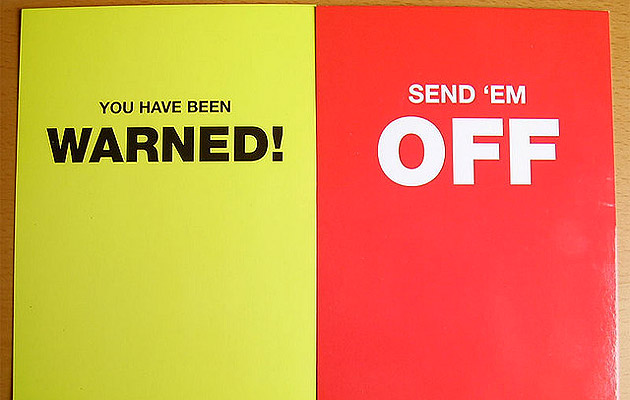 We cannot continue to play rugby with all the yellow cards currently being dished out. It does not make sense that professional players competing in important matches have to spend ten minutes off the field, for example, not rolling away in time or for holding onto the ball too long. This has become a ridiculous situation. Teams are using the current yellow card system to play for penalties (e.g., at the scrum or maul) and win games by getting opponents sent off the field.
We cannot continue to play rugby with all the yellow cards currently being dished out. It does not make sense that professional players competing in important matches have to spend ten minutes off the field, for example, not rolling away in time or for holding onto the ball too long. This has become a ridiculous situation. Teams are using the current yellow card system to play for penalties (e.g., at the scrum or maul) and win games by getting opponents sent off the field.
The following changes are proposed:
1. Yellow card (10 minutes off the field) only for “dangerous play” i.e. actions that do not fall under “foul play”. Yellow card offence stays with the player. Second yellow card offence turns into a red card whenever that may be.
2. Red card (permanently off the field) only for “foul play”.
3. Professional penalty (4 points). Awarded only in 22m-area (red zone) for the attacking team. Any penalty awarded to the attacking team in the 22m-area is a 4-point penalty, but it has to be kicked within the 22m-area.
Note: This should deter defending teams from transgressing in the red zone.
line-out
The line-out should be like the scrum where all the forwards are locked in. In other words, seven players per side must form part of the line-out.
1 line-out players (7 players) must take up their positions between the 5m and 15m lines.
2 A team has 10 seconds to throw in the ball.
3 The defending hooker must remain in the 5m area until the line-out ends.
4 Both number 9s must be positioned next to the line-out and must remain within the 15m area until the line-out ends.
These changes will do away with a few laws currently applicable to the line-out. However, the line-out will remain an important competitive part of the game. The contest will be backs vs. backs and should create innovative attacking options.
Ball out of scrum/ruck
Currently the referee will call “use it!” and the No. 9 is given five seconds to do so. This call should be changed to “Play” or “Ball-out” and play must continue immediately. This will mean the ball is out (so defending players can move up). The No. 9 must immediately play the ball.
Advantage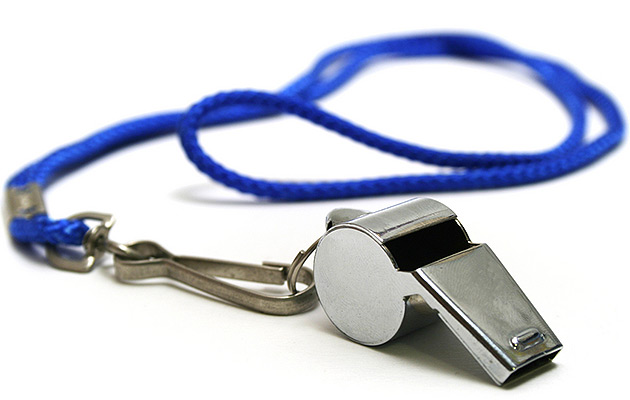
The referee should allow only five seconds for the non-infringing team to gain advantage, before returning to the original infringement.
If a team is unable to score within five seconds then the advantage must be cancelled. Referees allow teams to play through as many as 4 to 6 phases and then go back to original penalty. All that play for nothing.
Referees should refrain from calling “advantage over!”
It should be a question of either an advantage to score or to be awarded a penalty kick. The attacking side should decide what they want to do.
A four-quarter game
Rugby has become a high-intensity game and it is appropriate that playing time is split into four quarters.
During the breaks between quarters, the following can happen:
1 Five-minute on-field strategy breaks for coaches (after the first 20 minutes of play in the first half and after 20 minutes into the second half).
2 Water break for the players during this time. Water carriers should not be permitted on field at other times in between the official breaks.
3 Substitutions (not injury-related replacements) can be made only in the two strategy breaks and at the half-time break (in other words, no substitutions should take place after the last 20 minute break). Only injured players can be replaced. (However, it is expected that teams will fake injuries to try bending this law.)
The above procedures will not only provide more structure and discipline during the match, but they will also offer the media with more advertising time.
Injuries
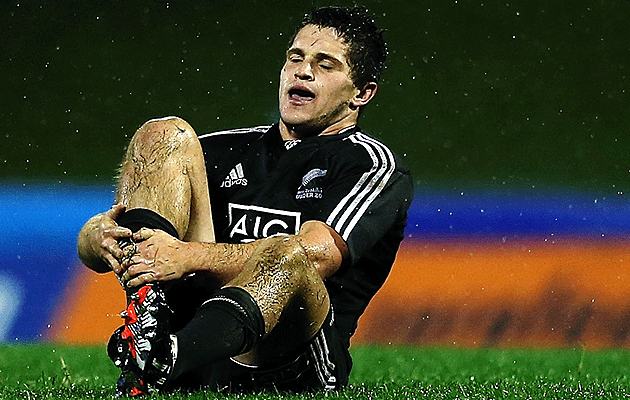 If there is an injury, ONLY the referees and their touch judges can call a doctor or physiotherapist onto the field. They can do their initial assessment (30 seconds) and, if necessary, call for a stretcher, cart, etc.
If there is an injury, ONLY the referees and their touch judges can call a doctor or physiotherapist onto the field. They can do their initial assessment (30 seconds) and, if necessary, call for a stretcher, cart, etc.
No one else allowed on the field-of-play.
The game can go on.
1 The referee indicates to the doctor or physiotherapist to come onto the field.
2 The injured player is moved to the nearest touchline to be assessed. They get two minutes to make an assessment to replace the injured player or to return him/her onto the field.
3 The game carries on immediately after the 30 seconds. It means that a team may have to cope with only 14 players for a while.
Fitness is an important part of rugby and coaches can make their teams fitter and recover more quickly than their opposition. With all the unnecessary stoppages, it is impossible to play a fast game and test one's opposition.
Medical staff, water carriers, and coaching consultants
Boxes (2m x 2m) should be provided, situated in the playing enclosure as follows:
Two on the 10m line on each side for the two medical team doctors and coaches.
Two on each side of the 22m lines (four in total) for the water carriers and physiotherapists).
Each team will have one box on the attacking 22m and one on the defending 22m on opposite sides of the field
Players can go to the side of the field to get water if they are thirsty during one of the 20 minute plays. No water carriers are allowed on the field of play.
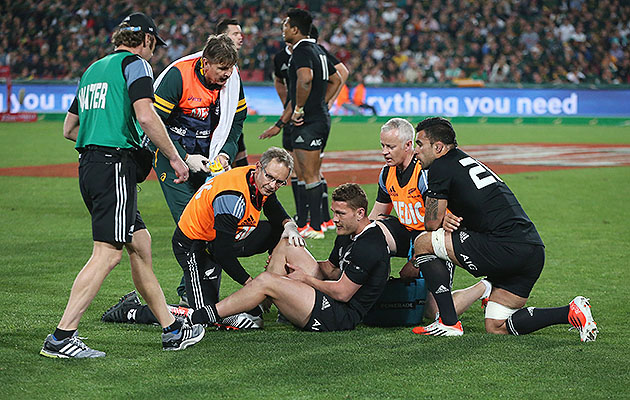 The following are examples of regular scenarios at matches:
The following are examples of regular scenarios at matches:
1 As many as eight to twelve persons running onto the field during a stoppage.
2 Water carriers pushing touch judges out of the way to deliver messages to players.
3 Water carriers running onto the field even when there is no stoppage.
This situation has degenerated into a circus and nothing is being done to stop it. This does not happen in other professional sports.
The field-of-play is for the 30 players and the referee: a total of 31 people, and no more.
Coaching should take place at practice sessions and during official breaks – not when official games are in progress. Why should water carriers wear electronic communication equipment?
Also, the ball boys can bring kicking tees onto the field. It is not necessary for a kicking coach or a defensive coach to perform this chore.
Concluding considerations
1. Charging down conversions is waste of time and should be omitted from the laws of the game.
2. A quick tap penalty is taken at own risk. No 10m rule should therefore apply. It should be the same as for quick throw in from touch. You do it because you see an opportunity and not to milk a penalty. If you want 10m at the penalty then wait for the opposition to fall back 10 metres.
3. Players shouting or swearing at the referee in reaction to an infringement, should be penalised immediately. And, if this continues, a team warning should be issued. The next guilty player will spend 10 minutes (yellow card) on the side of the field. Only the captain is allowed to talk to the referee. (Young players see this type of behaviour by professional players and follow their example. This shows a lack of discipline and respect for the game of rugby.)
Conclusion
We all know that it will not be easy to make major changes to the current laws of the game, but something will have to be done, sooner than later, otherwise our game will suffer in the long run.
Hopefully, some of the above thoughts will start the conversation for the better.
Rugby is our game…















































